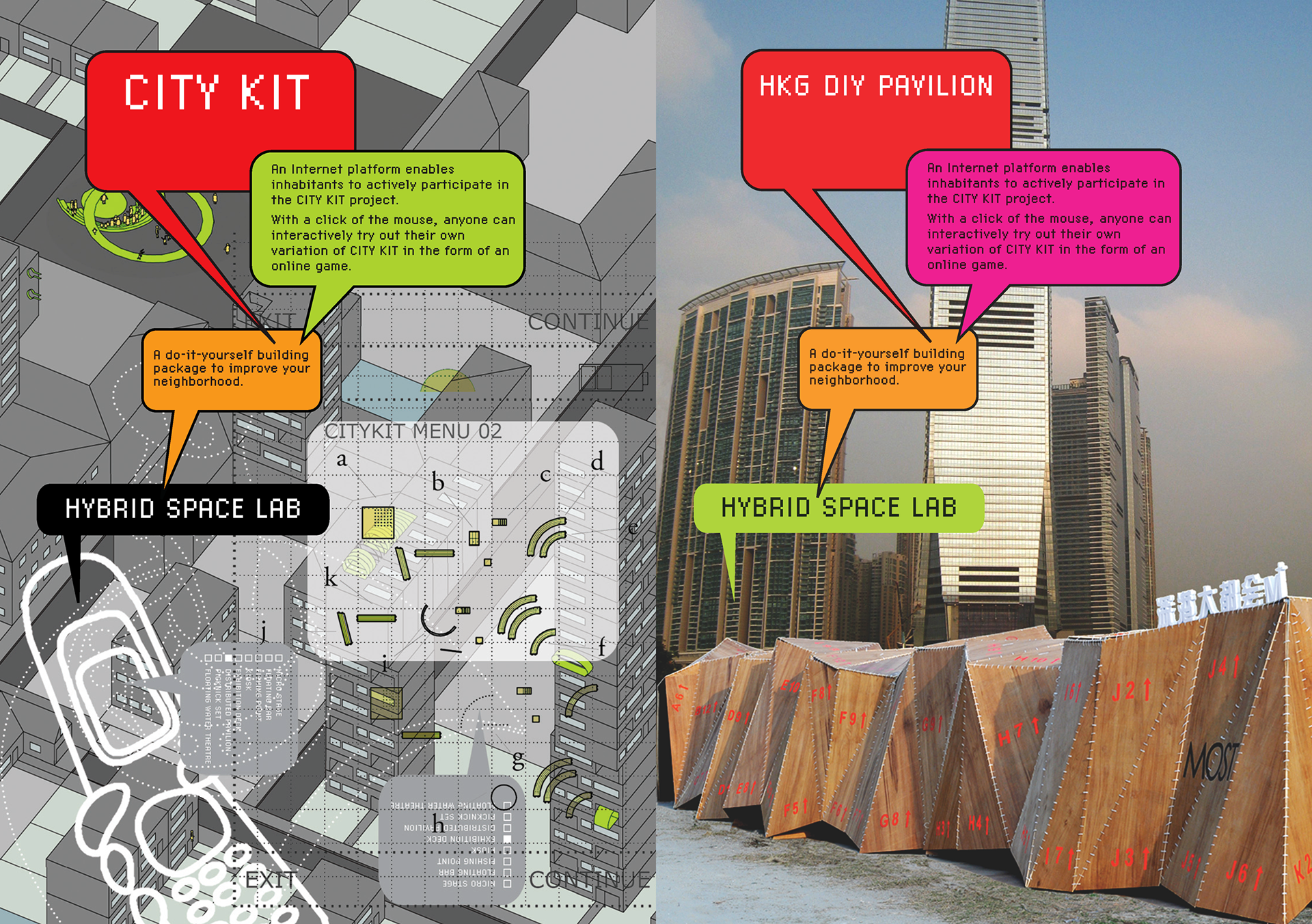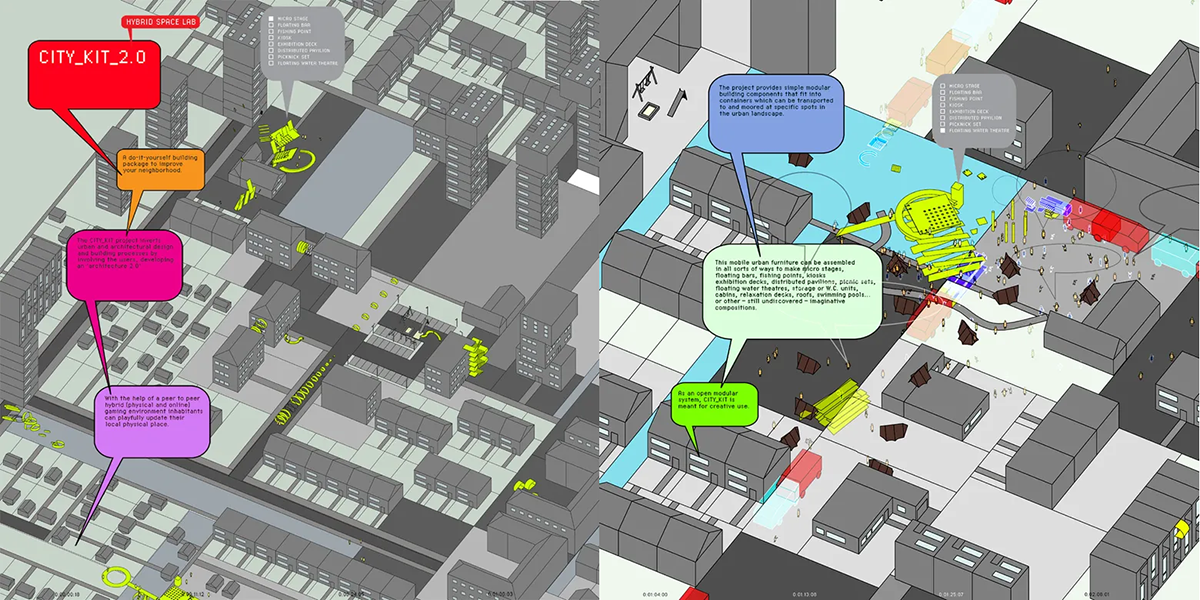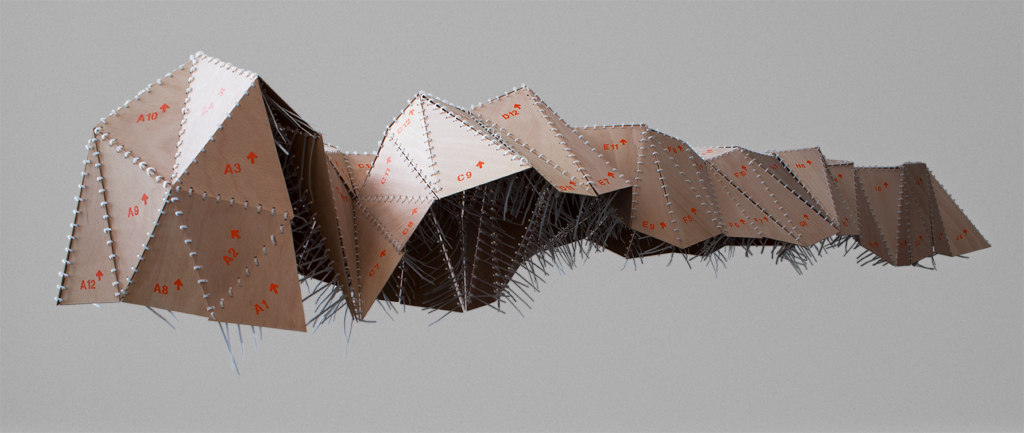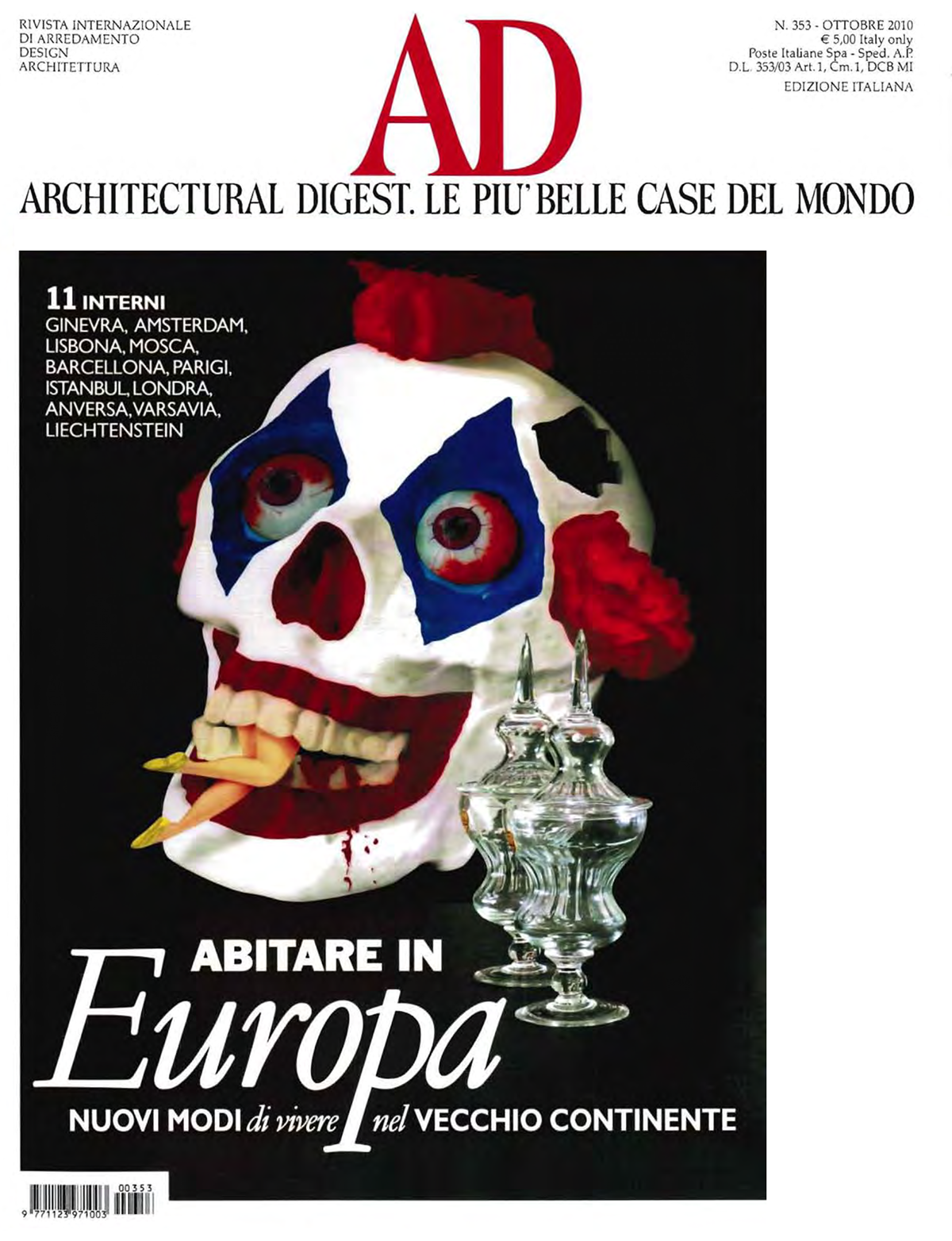A DIY CITY KIT to upgrade your neighborhood as an example of a Design and Architecture 2.0.
DIY CITY KIT inverts design and building processes by involving the users.
With the help of a peer to peer hybrid, physical and online, gaming environment inhabitants can playfully update their local physical place.
DIY CITY KIT @ Architectural Digest, Milan, 1 May 2010
CITY
KIT
Playing the CITY KIT game you adapt a digital version of your local surroundings according to your desires. In a switch from changes in the neighborhood that are beyond your control, CITY KIT makes you the architect and designer.
CITY KIT is an open-source medium in which participants can add elements and share their designs. An online platform allows residents to actively take part in the game. All it takes is a simple click of the mouse to interactively test your own virtual version of CITY KIT.

CITY
KIT
CITY KIT of the Day is a contest under way on the website. Residents and game users can design their own objects and facilities; the winner gets a chance to actually carry out his or her idea.
On the website, the user can also pinpoint exactly where a digital object would be located in the analogue world. This can be done using a mobile phone, RFID or a GPS system.
Making small modifications to the personal, physical environment in digital space changes the experience of living in the real world. This is the goal of CITY KIT: to help you to revalue your local surroundings and incorporate the new, imaginative layers created in CITY KIT’s virtual world…

DIY
Pavilion
The media pavilion “Winter Worm Summer Herb” for the Hong Kong & Shenzhen Bi-city Biennale of Urbanism and Architecture 2009-2010 consists of triangular plywood plates sown together with cable binders.
It is a low cost & low tech construction that can be very easily designed, transported, assembled & sown together again, adjusting to local requirements. With video projections on the crystalline structure of its interior, it is a mobile and flexible platform travelling around China.
It was first presented at the waterfront promenade of Hong Kong within the framework of the Hong Kong & Shenzhen Bi-city Biennale of Urbanism and Architecture 2009-2010. After the closing of the Biennale the pavilion was set up at the Hong Kong Jockey Club Creative Arts Centre (March- April 2010) and at the Kwai Tsing Theatre in Hong Kong (May-June 2010), to travel afterwards as a mobile exhibition space around mainland China.
The HKG Pavilion is a DIY City Kit project.

Hybrid
Space
The term “hybrid space” stands for this combination and fusion of media and physical space. Hybrid space is the product of alliances between physical objects and information-communication networks, between architectural and media space.
We can find fusions of analog and digital space, the so-called “hybrid” networked spaces all around us. Such different environments as the trading floor of the stock exchange or the dance club with its disc-jockeys and video-jockeys are both hybrid spaces.
Examples of hybrid space can be found everywhere in our daily lives. With mobile telephony in urban open spaces private and public space intermingles. Mobile devices with, for example, Augmented Reality applications superimpose media information layers on our physical environments. We are increasingly dealing today with these fuzzy mixes of the analog and the digital, as for instance with miniaturized digital communication devices integrated in wearables as watches or safety coats.
More examples of hybrid spaces can be found in our private environments, as our homes become ‘smart’ and our cars become networked spaces with, amongst others, GPS navigation and “intelligent”, networked materials and objects are emerging everywhere.
Hybrid retail, integrating e-commerce and physical stores, changes the shop into the experiential space of the point of sale. Hybrid publishing is closely entwined with citizen journalism. In new hybrid business models customers are co-creating and co-developing products.
Physical space and objects should therefore be considered in the context of and in relation to the networked systems to which they belong.

Hybrid
Space
Lab
Hybrid Space Lab researches, develops and designs space in the information-communication age. Hybrid Space Lab specializes in strategic research, innovative development and high-end design and has worked internationally for corporate global players, governments, cultural institutions, research institutes etc..
Hybrid Space Lab is an interdisciplinary environment with an innovative and integrated approach to spatial issues. The focus of our work lies in fusing digital and analog environments, in embedding media networks in physical urban/architectural spaces.
Our r&d and design work concentrates on the hybrid fields and networks emerging through the combination and fusion of architectural environments, objects and services in the information-communication age.
The scope of the research and development and design projects ranges from urban games and urban planning to buildings, architectural interiors, industrial design applications and wearables. Mixing fields, combining expertise and considering environments in their multiplicity of dimensions enables us to find new relevant solutions to increasingly complex spatial design challenges.
related PROJECTS
related PRESS
